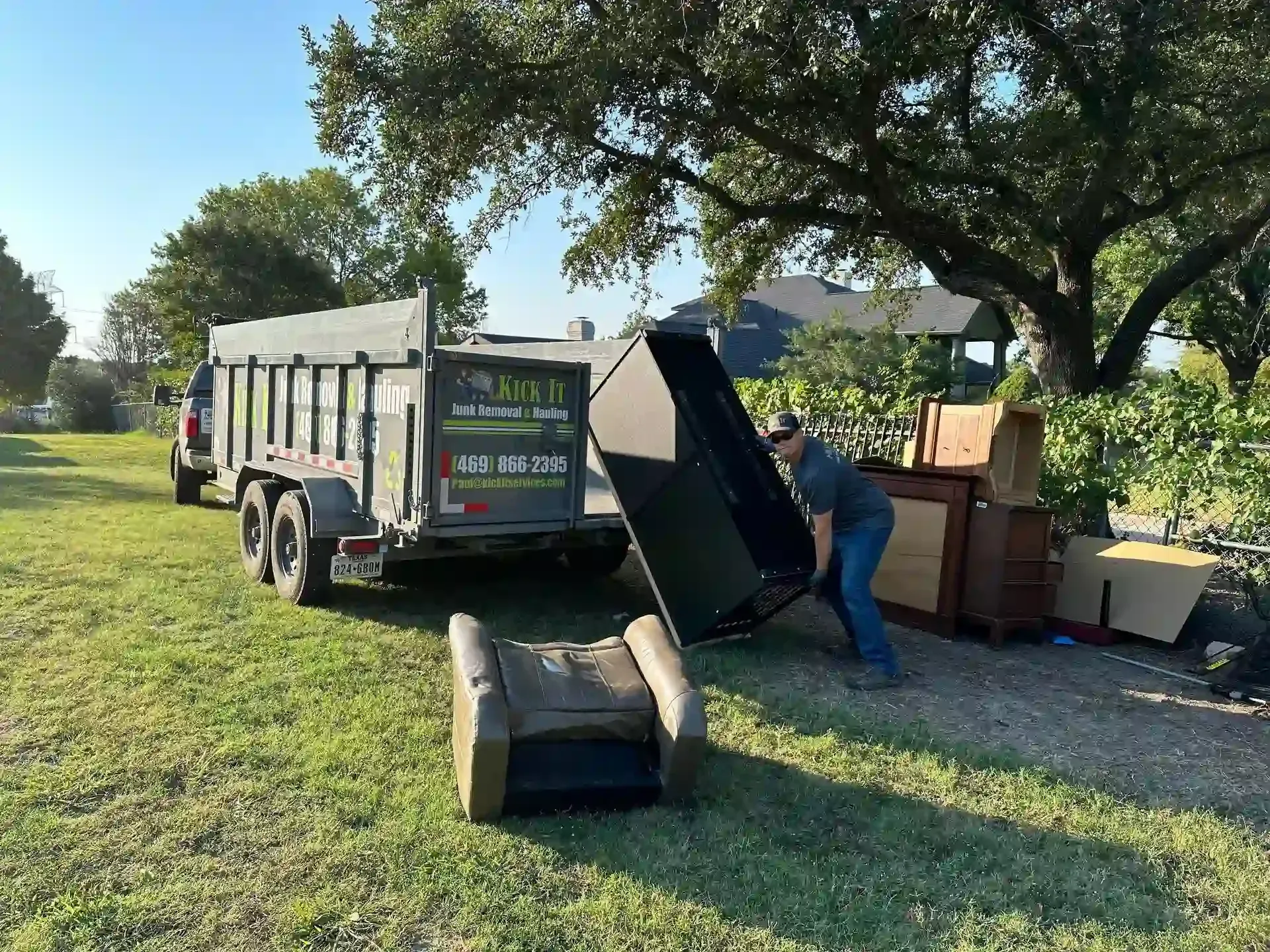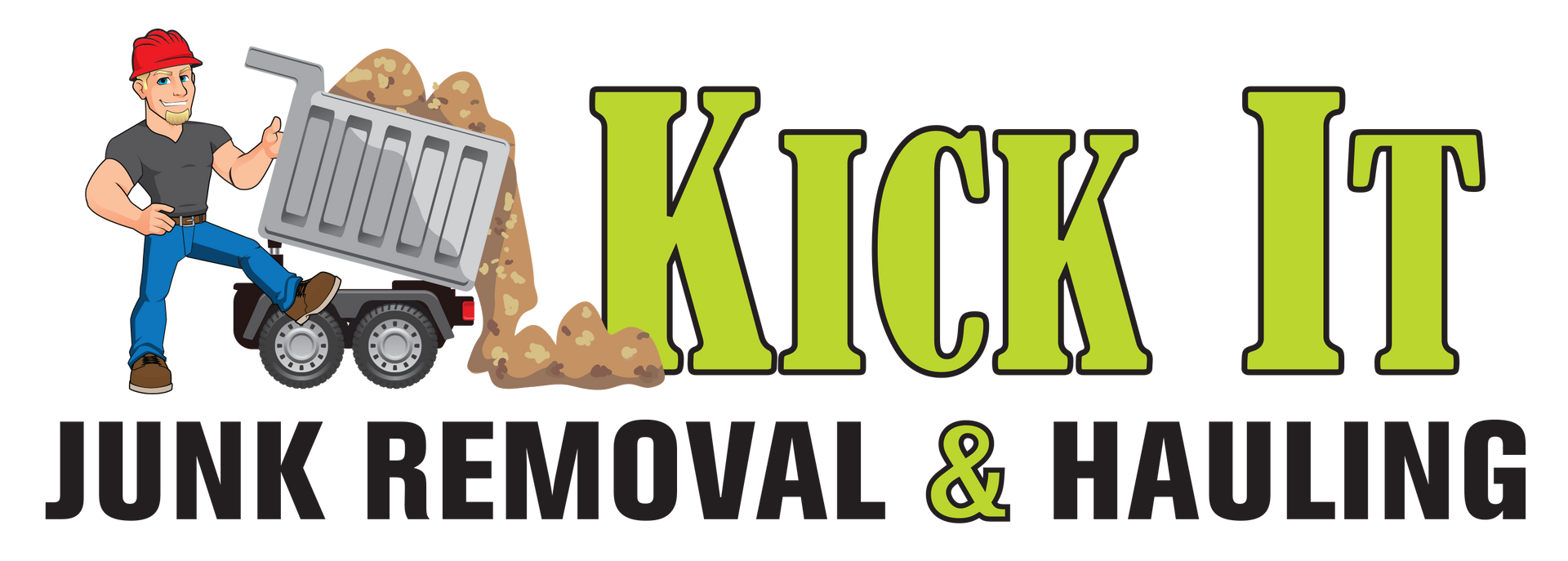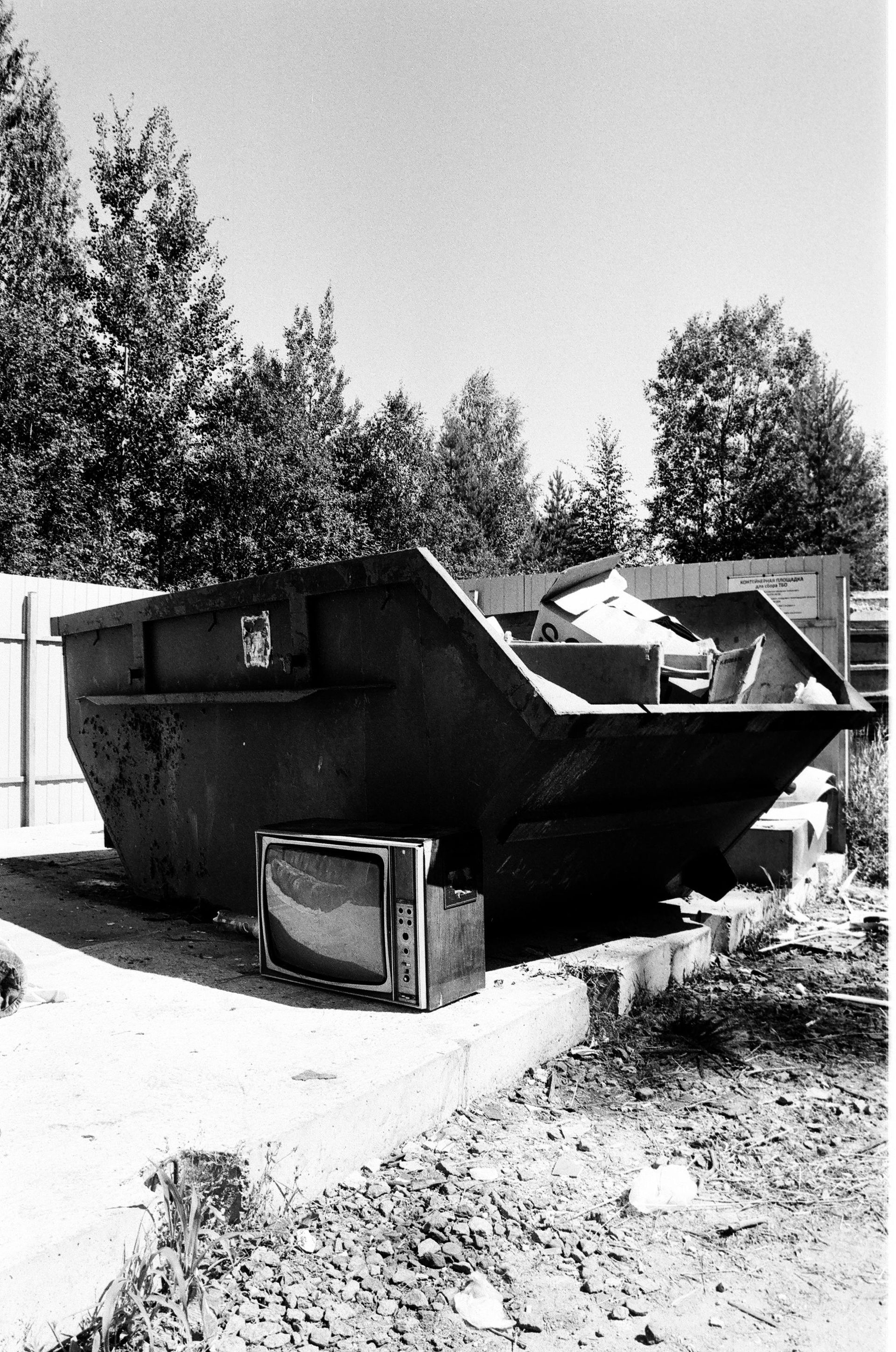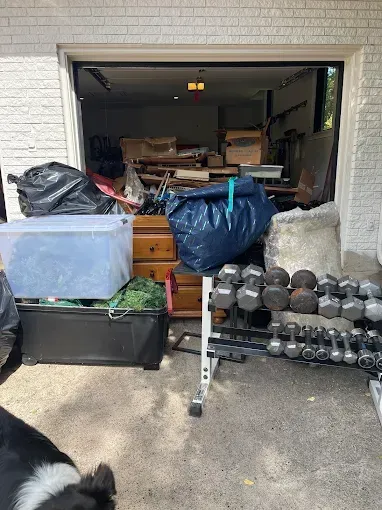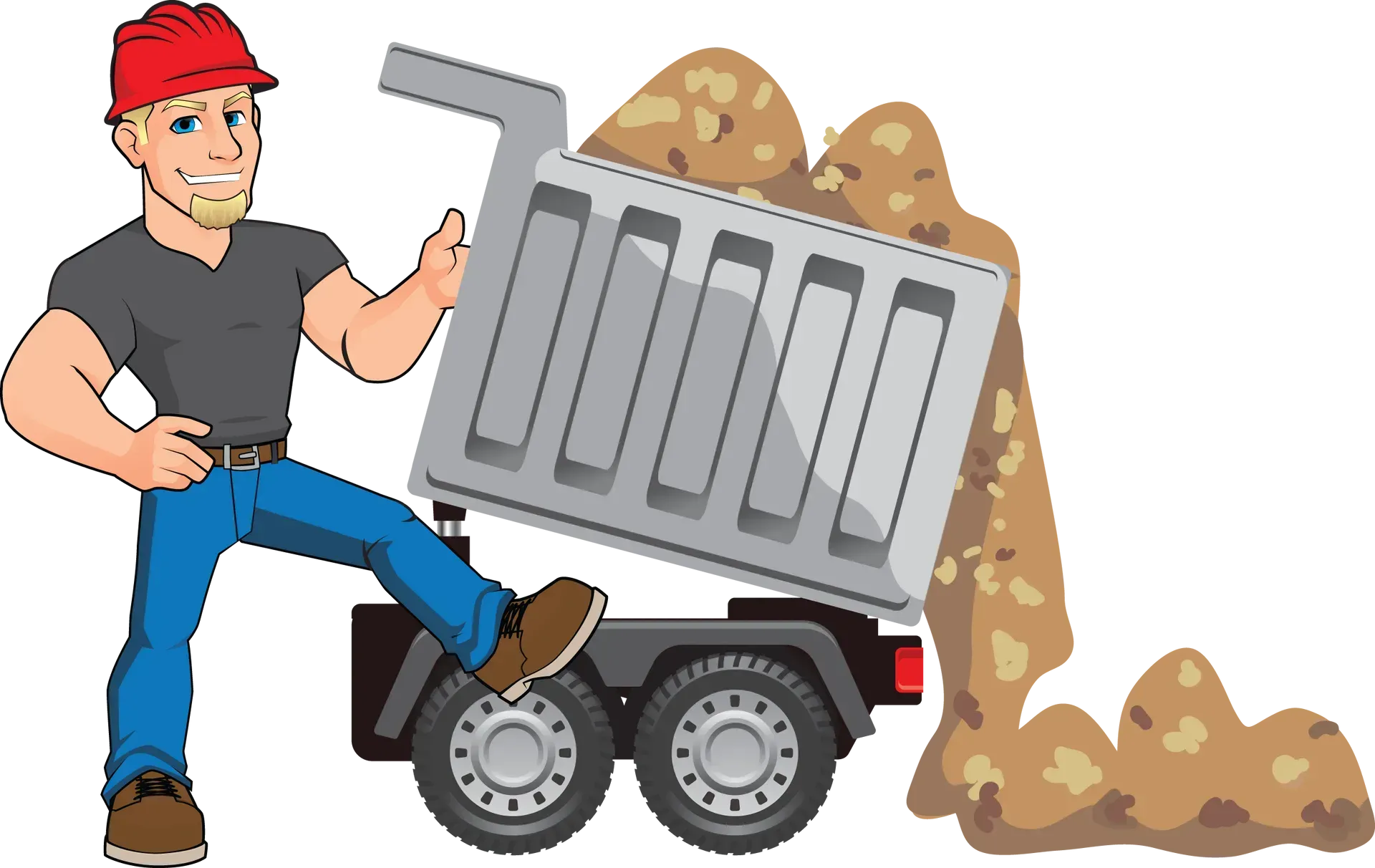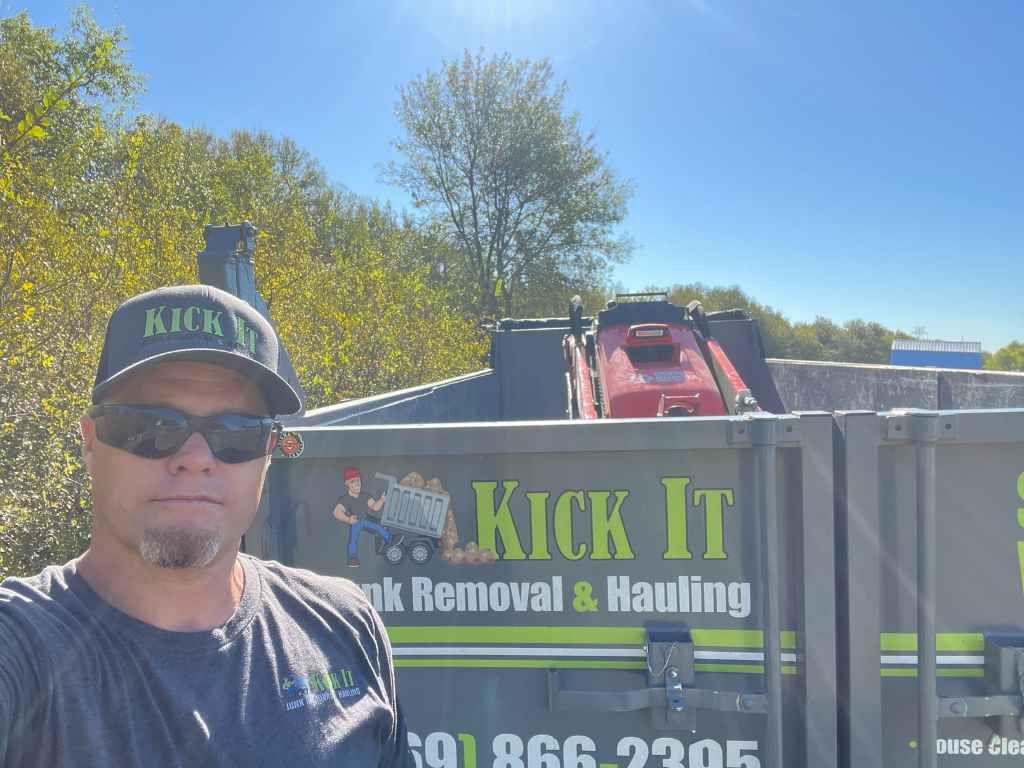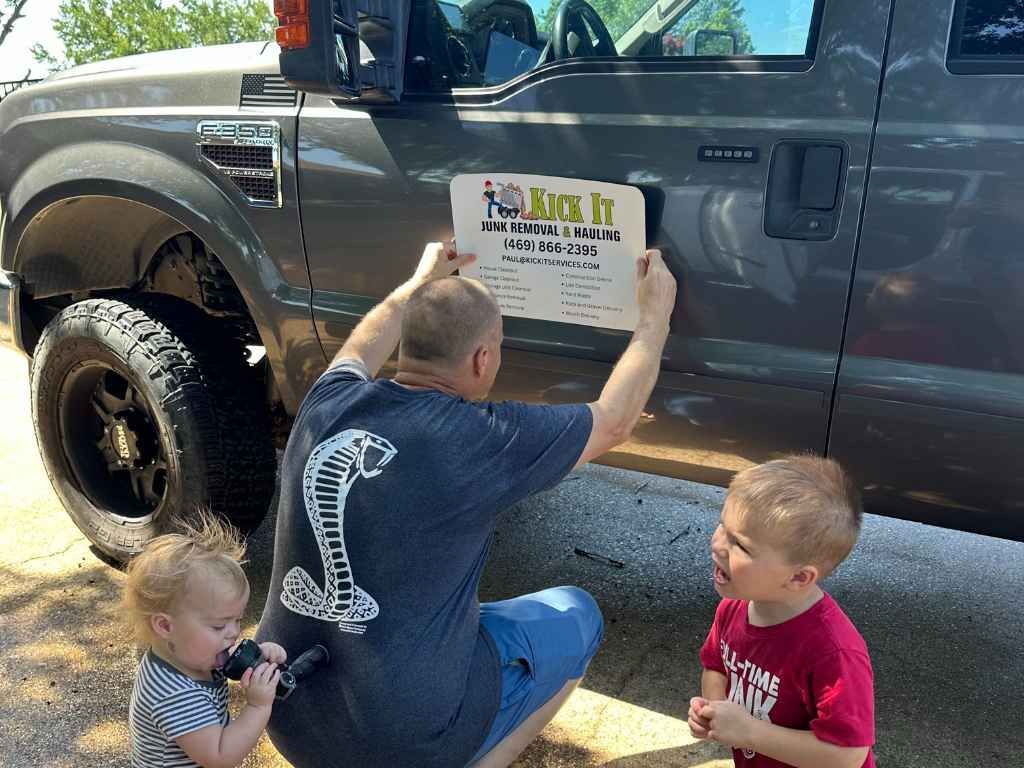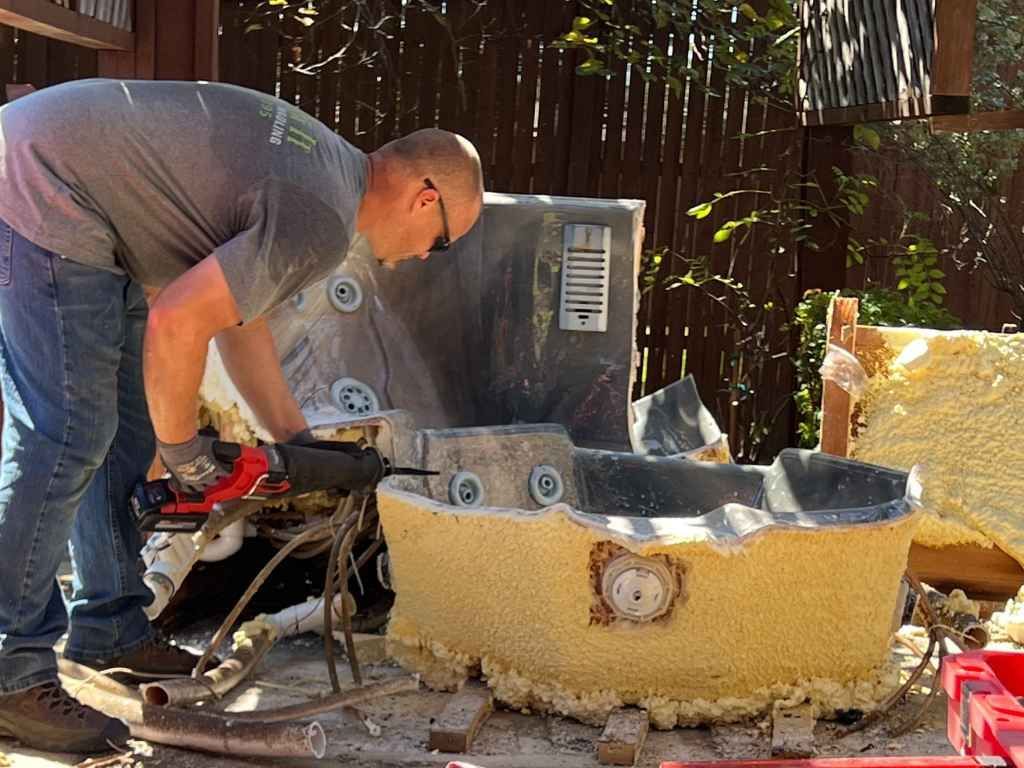How to Handle a Full Office Cleanout Before Relocation
Relocating an office is a monumental task that requires careful planning, efficient execution, and a strategic approach to ensure that the process goes smoothly. One of the biggest hurdles in this process is handling a full office cleanout before moving to your new location. Whether you are scaling up, downsizing, or simply changing your office environment, dealing with the accumulated clutter, old furniture, outdated electronics, and various office supplies can feel overwhelming.
In this article, we’ll take you step-by-step through the process of conducting a thorough office cleanout before relocation. This guide will not only save you time and energy but also help you ensure that the move itself is as streamlined and organized as possible. From decluttering your workspace to properly disposing of items, we’ll discuss everything you need to know.
Efficient Strategies for Handling an Office Cleanout Before Relocating
A well-organized office cleanout before a move can save you time and stress. Begin by setting a clear plan and breaking down the process into manageable stages, such as clearing out storage areas first. This approach helps in prioritizing tasks and ensures that the move remains organized and manageable. Involving employees in the decision-making process is crucial to ensure only necessary items are kept while creating an efficient plan to manage unwanted goods.
Start by decluttering your workspace and getting rid of outdated office supplies, old furniture, and unused electronics. Categorize each item, making decisions based on necessity and condition. For example, furniture that is no longer functional should be discarded, while electronics can either be recycled or donated if still in good condition. This process helps you avoid hauling unnecessary items to the new office, streamlining the relocation and ensuring that the new space remains fresh and functional.
Start with a Plan
A successful office cleanout doesn’t happen overnight. It begins with careful planning. Set a realistic timeline based on your moving date, and break the cleanout process into manageable steps. This allows you to work efficiently and prevents unnecessary stress. Assigning responsibilities to team members can also help distribute the workload. This is a great time to utilize your employees and colleagues – after all, who better to understand what needs to stay and what can go than the people who use the space daily?
Identify what needs to be done by dividing the cleanout into sections. Start with areas that are used less frequently, like storage rooms and supply closets, and work your way toward high-use areas such as individual desks and meeting rooms. Create a checklist to keep track of your progress. You’ll find that having a structured approach makes the task seem less daunting.
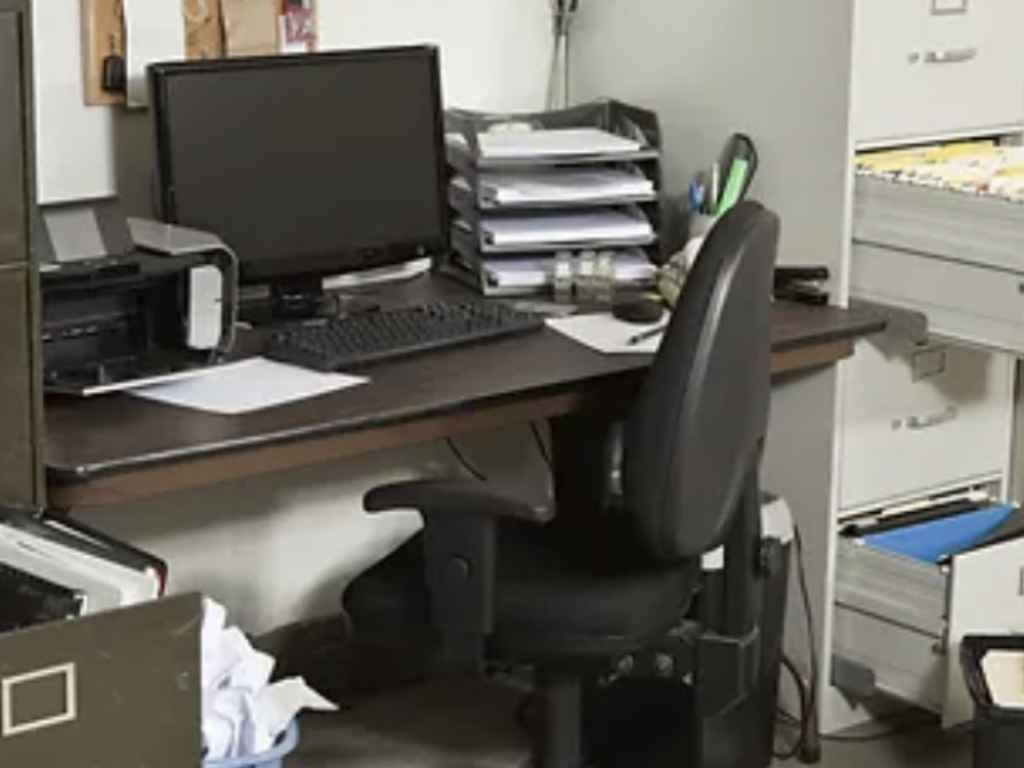
Declutter Everything
The goal is to sort through all office furniture, electronics, documents, and miscellaneous items to determine what stays, what goes, and what can be donated or recycled. Here’s how to tackle each category:
Office Furniture
Old desks, chairs, filing cabinets, and other furniture may have been useful in the past, but that doesn’t mean they should come with you to your new office. Furniture that’s seen better days should be set aside for disposal. It’s worth checking with your employees to see if they want any pieces for their home offices. However, if the items are too worn out or are no longer practical, it’s best to arrange for their removal.
Electronics
Electronics are often one of the trickiest categories when it comes to an office cleanout. Old computers, printers, fax machines, copiers, phones, and even outdated cables can pile up over time. These items should be evaluated carefully. If they are still functioning but no longer needed, consider donating them to organizations that can make use of them. For non-functioning electronics, recycling is the best option. Many e-waste facilities can handle the safe disposal of electronic items, ensuring they don’t end up in landfills.
Documents
Over the years, your office will accumulate stacks of paperwork, ranging from financial records and employee files to outdated marketing materials and old contracts. Now is the perfect time to go through these documents and determine what can be shredded and what needs to be kept. Consider using a professional shredding service for sensitive information to ensure that personal and confidential documents are securely destroyed. Any non-sensitive materials that are no longer relevant should be recycled.
Miscellaneous Items
From unused office supplies to decor and promotional materials, miscellaneous items can clutter your space without you even realizing it. Empty boxes of pens, old promotional giveaways, broken staplers—these are just a few of the things that often go unnoticed. Go through your storage areas and workspaces and identify what you can donate, sell, or dispose of.
Create an Inventory of What You’re Keeping
As you start to declutter, it’s essential to keep a detailed inventory of the items that will make the move with you. This helps ensure that nothing is left behind or forgotten. You can create a simple spreadsheet or use inventory management software to track your office assets.
The inventory should include:
- A description of the item
- The quantity
- The condition of the item (new, gently used, or needs replacement)
Creating this list not only makes the packing process smoother, but it also allows you to have a clear picture of what assets you are carrying with you to the new location. This can help you decide if you need to purchase new furniture, supplies, or technology once you’re settled in.
Organize for the Move
Once you’ve made decisions about what will stay and what will go, it’s time to start organizing for the move. Packing everything in an orderly and efficient way will save time during the actual relocation process. Here are a few tips:
Label Everything
Use boxes, bins, and file folders to organize your office belongings. Make sure to label everything clearly, including office furniture and equipment. Labeling will help your movers understand which items are fragile, which are essential, and which belong in specific rooms or departments in the new office.
Pack Strategically
When packing your office supplies, be sure to pack heavier items in smaller boxes and lighter items in larger boxes. This will help prevent the boxes from becoming too heavy to carry. For office electronics, ensure that you pack them securely to prevent damage during transport. If necessary, use bubble wrap or foam peanuts to protect fragile items.
Disassemble Large Furniture
If possible, disassemble large furniture pieces like desks or shelving units. This not only makes them easier to transport but also prevents damage. Keep all screws, bolts, and hardware in labeled bags and tape them securely to the furniture so that they’re easy to reassemble once you reach the new location.
Create a Packing Timeline
Start packing early and do it in stages. Begin with items that aren’t used frequently, such as extra supplies, decorations, and files that aren’t essential for daily work. Leave the packing of active workstations and frequently used equipment for the final days before the move.
Dispose of Unwanted Items Responsibly
Proper disposal is one of the most important aspects of an office cleanout. Simply throwing things away without considering the environment is not only wasteful but also harmful. Make sure you dispose of your unwanted items in an eco-friendly manner.
Recycle
For items like paper, cardboard, and plastic, recycling is the best option. Many office supplies can be recycled, including binders, paper clips, and even empty ink cartridges. Look for local recycling centers that can accept your office waste and ensure it’s disposed of properly.
Donate or Sell
If your office furniture, electronics, or supplies are still in good condition, consider donating them to a charity or selling them online. Many organizations and schools accept donations of used furniture and equipment, and selling items online can help offset the cost of the move. Platforms like Craigslist, Facebook Marketplace, or eBay can help you find buyers for unwanted items.
Hire a Junk Removal Service
When the time comes to dispose of large amounts of unwanted items or heavy furniture, it might be worth hiring a junk removal service. These professionals can help you clear out your space quickly and efficiently, ensuring that everything is disposed of in a responsible manner.
Coordinate with Professional Movers
While you may have the manpower within your office to handle the cleanout process, it’s important to enlist the help of professional movers for the actual relocation. These experts can ensure that all of your items, from fragile electronics to heavy furniture, are transported safely to your new office.
Make sure to discuss your office’s specific needs with the moving company ahead of time. For example, if you’re moving specialized equipment like printers or servers, make sure that the movers are equipped to handle these items. Additionally, check if they offer packing services or if you’ll need to pack everything yourself.
Conclusion
A full office cleanout before relocation can be a daunting task, but with careful planning, organization, and the right resources, it can be a smooth and stress-free experience. From decluttering your space to properly disposing of items, every step you take will help you prepare for a fresh start in your new office.
Whether you are dealing with large office furniture, outdated electronics, or heaps of paperwork, the key to success lies in taking your time, planning ahead, and seeking professional help when needed. If you’re located in the Forney, Texas area, Kick It Junk Removal & Hauling is here to assist you with your office cleanout needs. We offer prompt and reliable junk removal services, ensuring that your office is cleaned out efficiently and responsibly.
